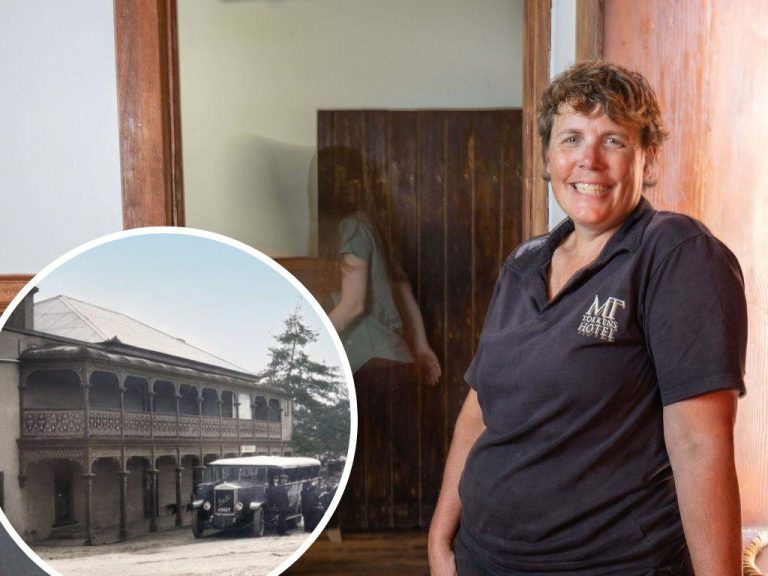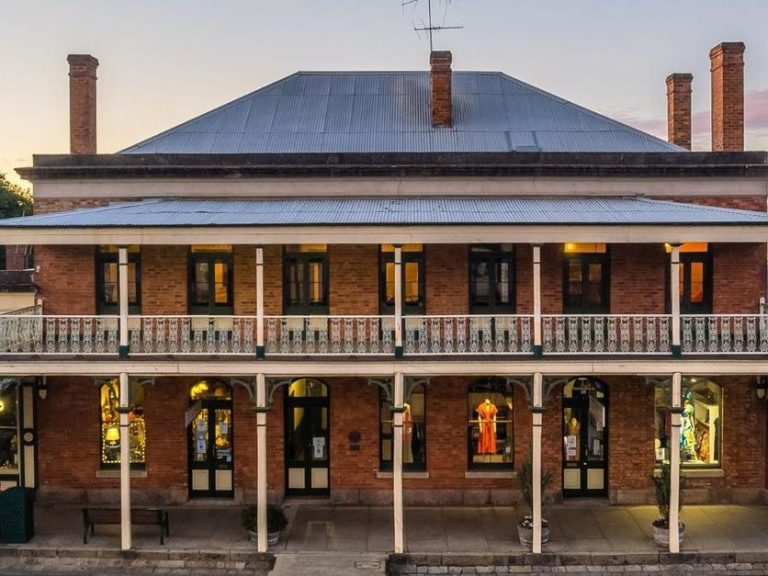Interest rates on hold in April
Interest rates remain on hold, with the Reserve Bank of Australia opting to leave the official cash rate at 2.5%.
Rates have been at this record low level since August last year and RBA Governor Glenn Stevens says interest rate stability is “the most prudent course”.
Mr Stevens says the economy grew at a below-trend pace last year, with firmer consumer demand over summer and a solid expansion in housing construction.
“Some indicators of business conditions and confidence have improved from a year ago and exports are rising,” he says.
“But at the same time, resources sector investment spending is set to decline significantly and, at this stage, signs of improvement in investment intentions in other sectors are only tentative, as firms wait for more evidence of improved conditions before committing to expansion plans. Public spending is scheduled to be subdued.”
Read the full RBA decision.
Colliers International Director of Research Mark Courtney says the RBA will be keeping a watchful eye on the housing market.
He says the interest rates on-hold decision will mean cheaper finance to allow businesses to refinance, expand and grow.
“This increased activity in business lending is critical as the economy transitions from a mining and resources led economy to one led by other sectors,” Courtney says.
“If housing prices continue to firm in Sydney and Melbourne in combination with other residential markets starting to heat up, the Bank will be unable to keep rates on hold.
“For the time being, although residential market is growing warmer, the current official rate setting is facilitating the rebalancing and transitioning of the domestic economy.”
Savills NSW Industrial’s Greg Cohen says interest rates on hold means it’s steady-as-she-goes for commercial property.
“There is a veracious appetite for investment stock of all types, including in regional locations,” Cohen says.
“With interest rates remaining unchanged, coupled with such limited stock for buyers to pursue, I don’t see any consequential change in the market.”
RP Data National Research Director Tim Lawless says it’s the residential property market that’s giving the RBA board some food for thought.
“Dwelling values were up 2.3% in March taking the cumulative increase in dwelling values to 15.8% over the current growth cycle which commenced in June 2012,” Lawless says.
“It’s not just the pace of capital gains that will be causing some concern to the Reserve Bank, but also the amount of investment in the housing market.
“If value growth continues along the current trajectory though I think the Reserve Bank will be forced to take action to quell the level of exuberance via higher interest rates.”
Read more about what the interest rate decision means for the housing market.







